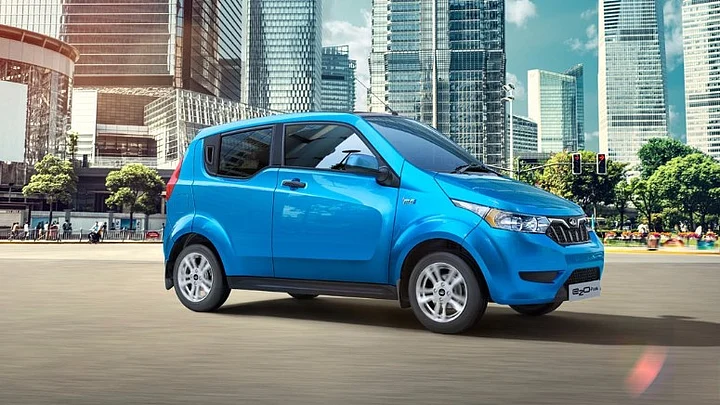Should your next car be an electric one? Perhaps, if the government has its way in trying to get India to go all electric by the year 2030. At present, there are only two electric cars available in the Indian market – both made by Mahindra – the E20 Plus and E-Verito.
In the next couple of years that should change with companies such as Tata, Hyundai, and Tesla working on electric cars. However, one question electric car buyers need to consider is whether buying and running an electric car would really work out cheaper than a petrol or diesel equivalent.
For purposes of this calculation, let’s look at the Mahindra E20 Plus electric hatchback and compare it with similarly priced petrol and diesel hatchbacks such as the Maruti Ignis. Let’s look at the ownership over five years.
Expensive to Buy, Cheap to Run
The Mahindra E20 Plus is surprisingly expensive to buy, despite some states like Delhi offering subsidies. It ranges in price from Rs. 6.3 lakh to Rs. 10 lakh. For the purposes of this calculation, we are taking the P4 variant, which is almost similarly priced to the Maruti Ignis. We have taken the automatic variants of the Ignis petrol and diesel, as the E2O is also an automatic (or rather a direct-drive transmission). Let’s compare how the running costs add up.
We are not looking at taxes, registration charges and insurance, which would be similar for all three cars. Let’s look only at fuel costs per kilometre (assuming fuel costs remain the same for the purposes of this calculation for five years) and maintenance costs over five years.
The Mahindra E20 is cheap to maintain as it has very little moving parts, no engine oil to replace and hence can be serviced at home for a nominal charge. A Maruti Ignis’ average service cost is about Rs. 8000 to Rs 10,000 per year, and although service costs will increase marginally in five years, we have kept it constant for this calculation.
The Benefits of an Electric Car
The Mahindra E2O clearly has its benefits from the day it lands up in your driveway. With a ridiculously low running cost of Rs. 0.45 per kilometre, assuming electricity charges of Rs. 5 per unit (and the car needs 10 units for a full charge).
Per year, if you drove about 12,000 km (1,000 km per month), it would only cost you Rs. 5,400 in running cost per year. Compare that to a petrol car like the Ignis, where you would end up spending Rs. 38,400 per year on fuel.
With a fuel-efficient diesel variant of the Ignis you would still spend Rs. 25,800 on diesel to drive the same distance.
That’s a huge saving with the electric car. Or is it?
The Downside of an Electric Car
There are a couple of huge downsides of the Mahindra E20. One is the limited range – it can only do 110 km on a full charge, while a petrol car or a diesel can do between 600 km and 800 km on a full tank of fuel.
Secondly, it takes nearly 2 hours to charge the E20 to just 80% charge level while a full charge will take 8 hours (an overnight charge). That seriously limits the distance it can cover.
If range is not really an issue and you do keep the car for five years, you will be faced with a huge battery replacement cost – as the lithium-ion battery pack that the E2O uses is expensive.
By most estimates the battery costs Rs. 2.5 lakh to Rs. 3 lakh to replace, and unless car companies find ways to bring down battery replacement costs, this is a huge discouraging factor.
In fact, the huge battery replacement cost makes the E20 far more expensive to own and run, compared to an equivalent petrol or diesel car.
However, without replacing the battery – it is very, very cheap to run. Cheap enough to ignore the inconveniences of limited range and charging times.
But can you run it without replacing the battery? Not really. Just like your mobile phone, the battery deteriorates with time. In 5 years, it will be down to between only 50% to 70% of its capacity, and will therefore reduce range drastically.
Mahindra does have a scheme where you can ‘lease’ the battery by paying about Rs. 3,000 to Rs. 5000 per month for five years, depending on the model. In such a case, the initial cost of the battery works out lower, but it does not lower your running costs by much.
